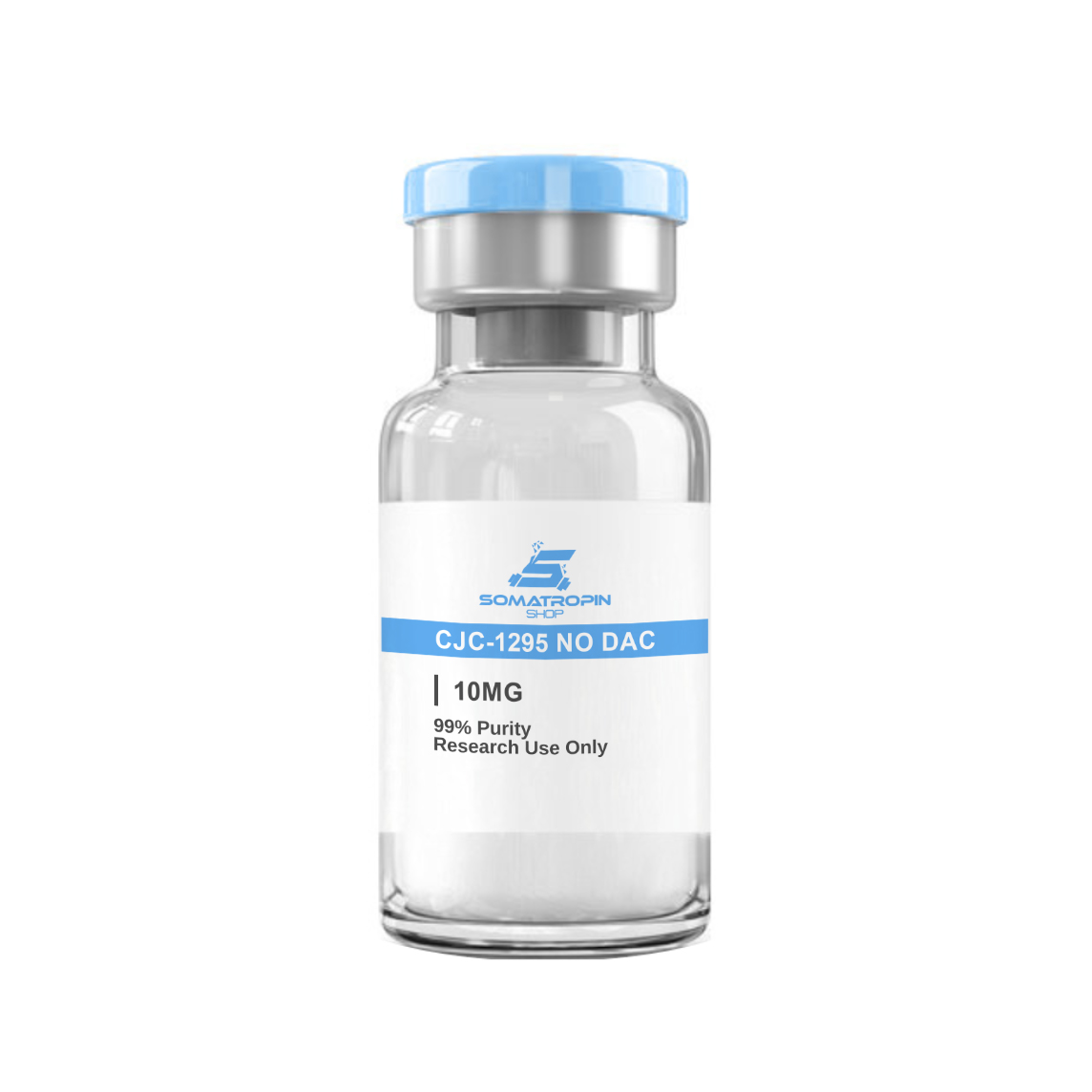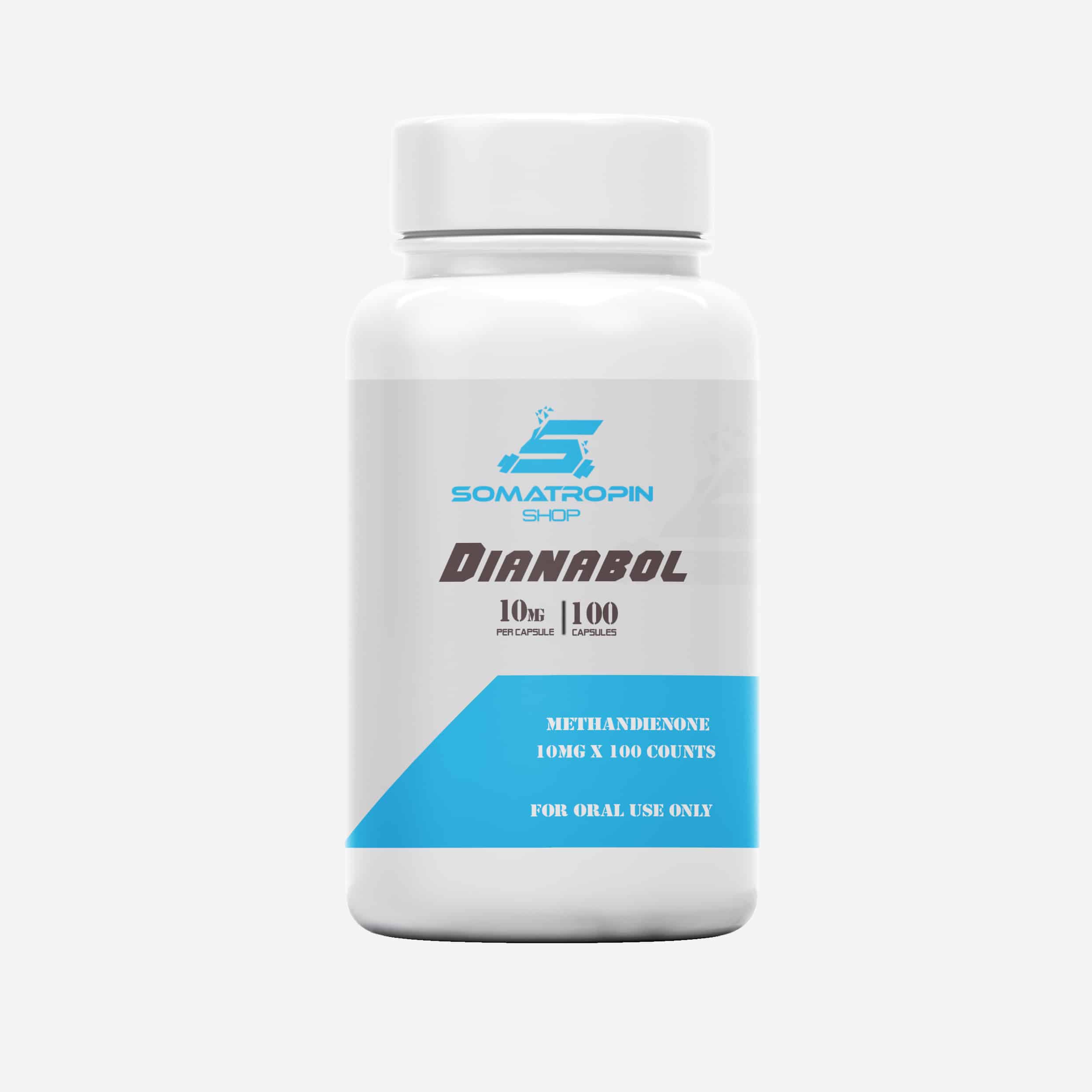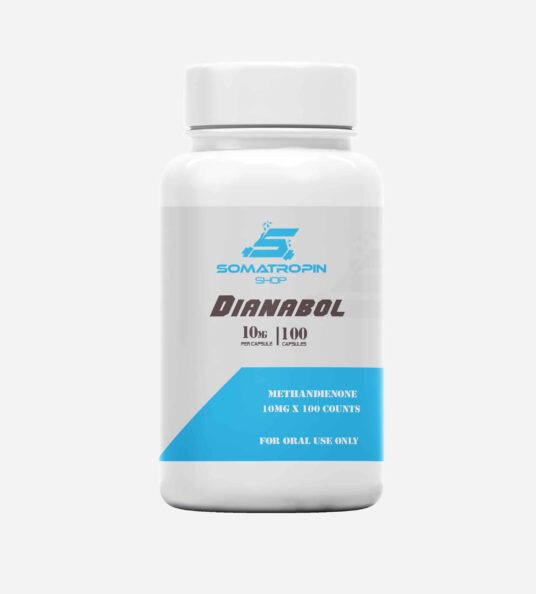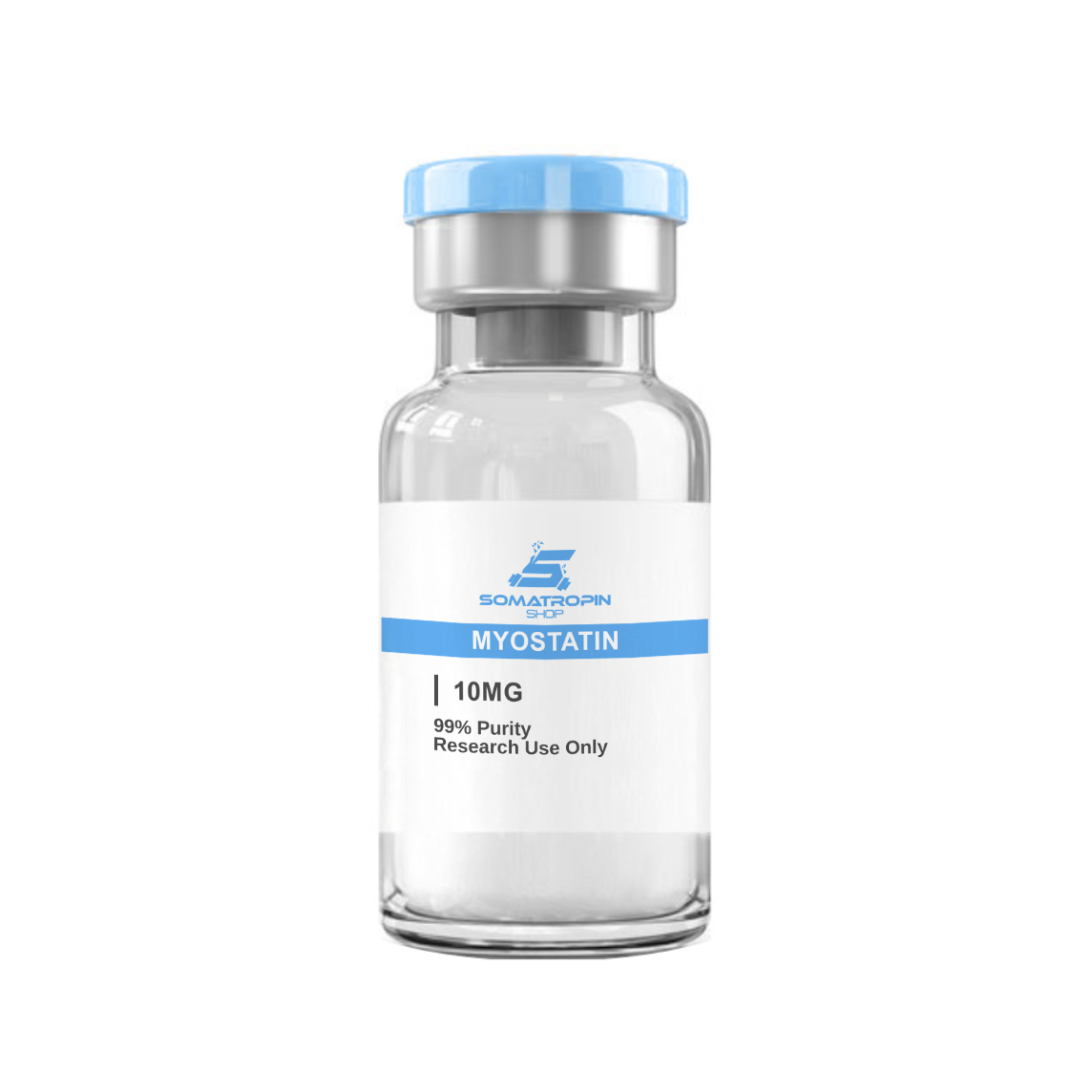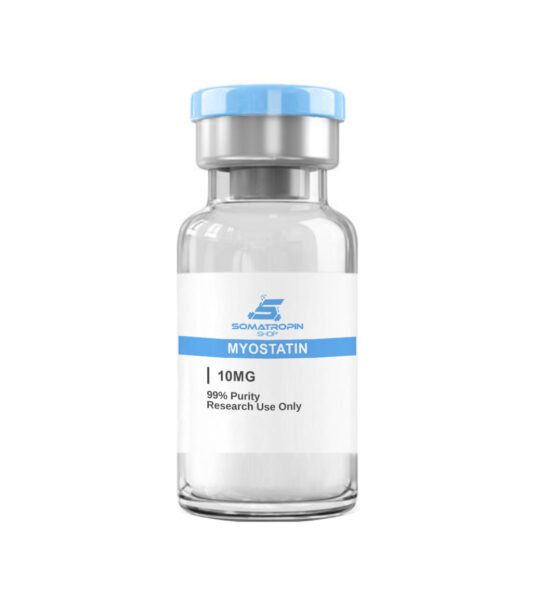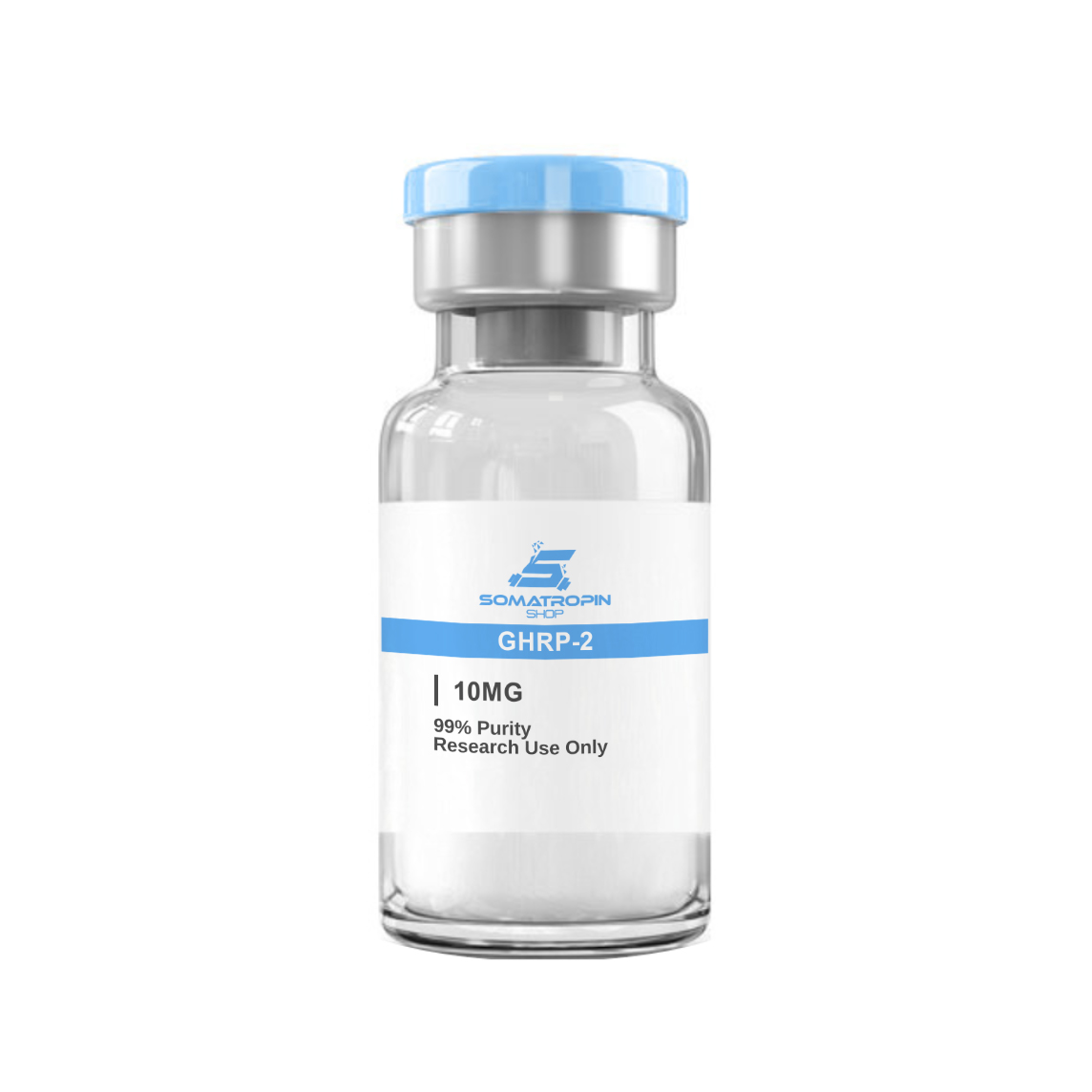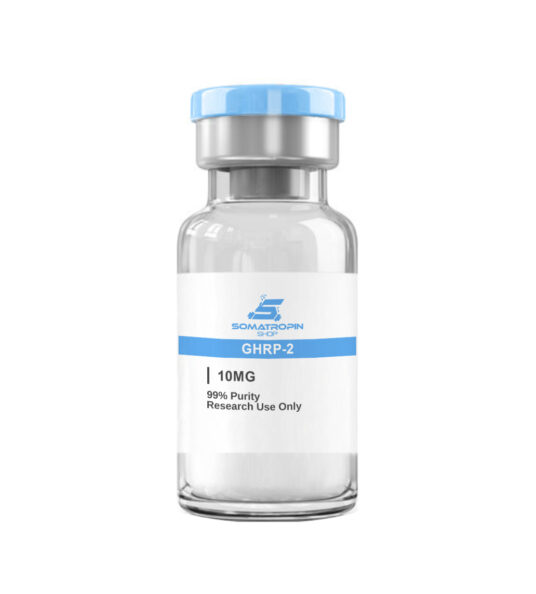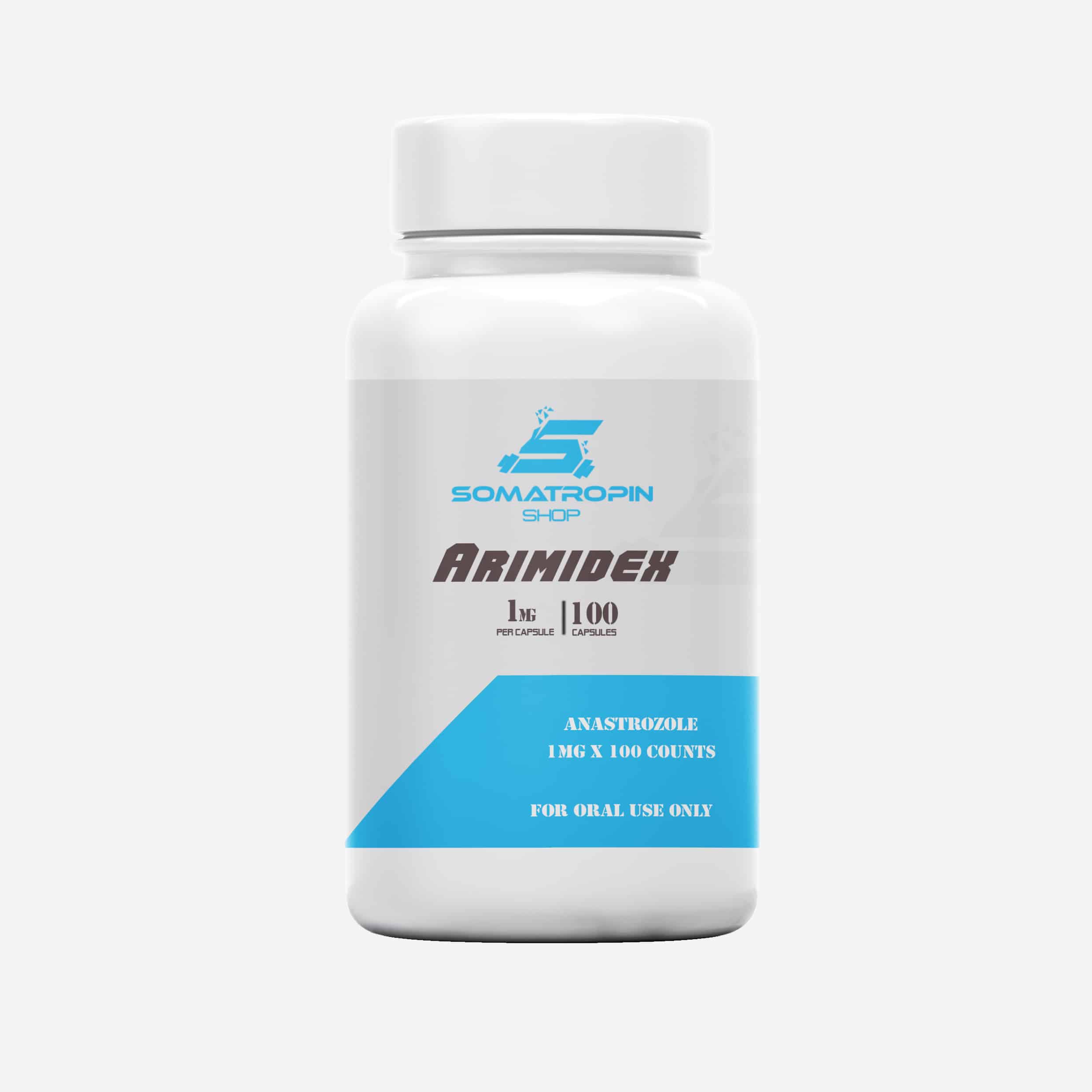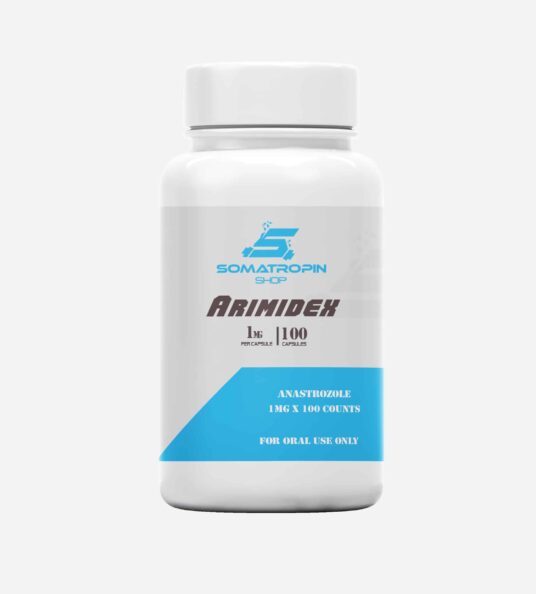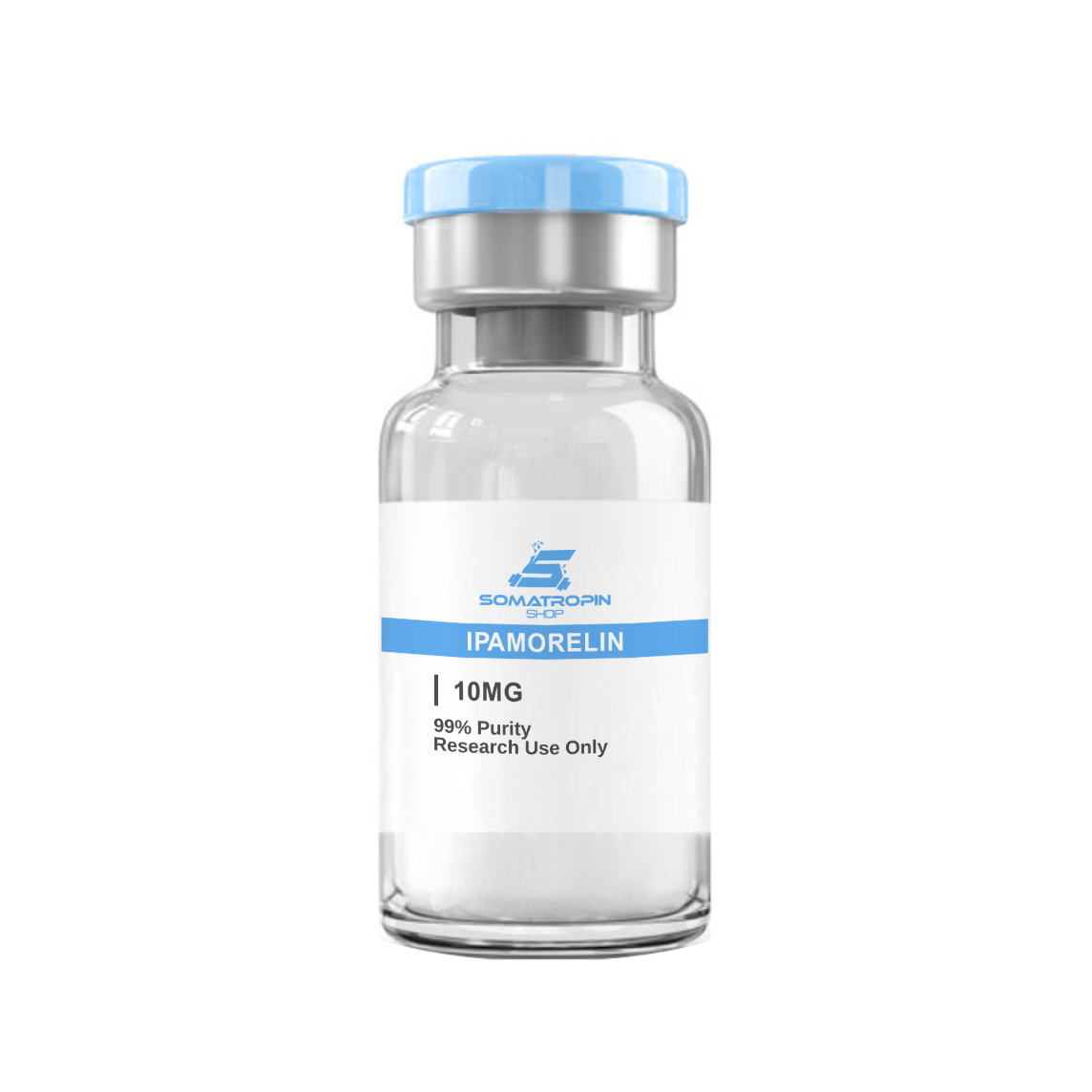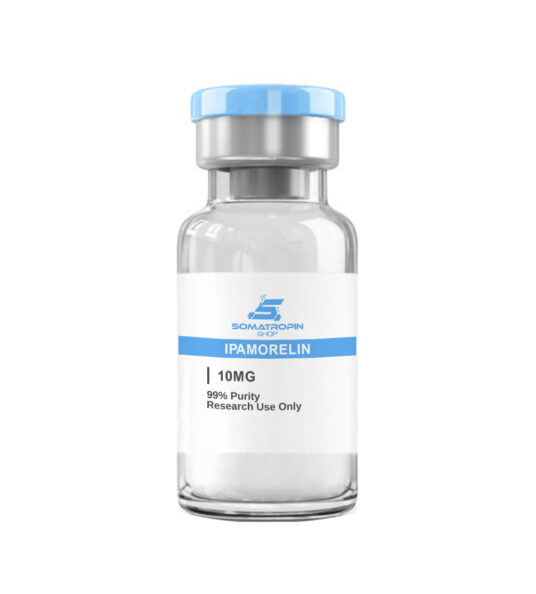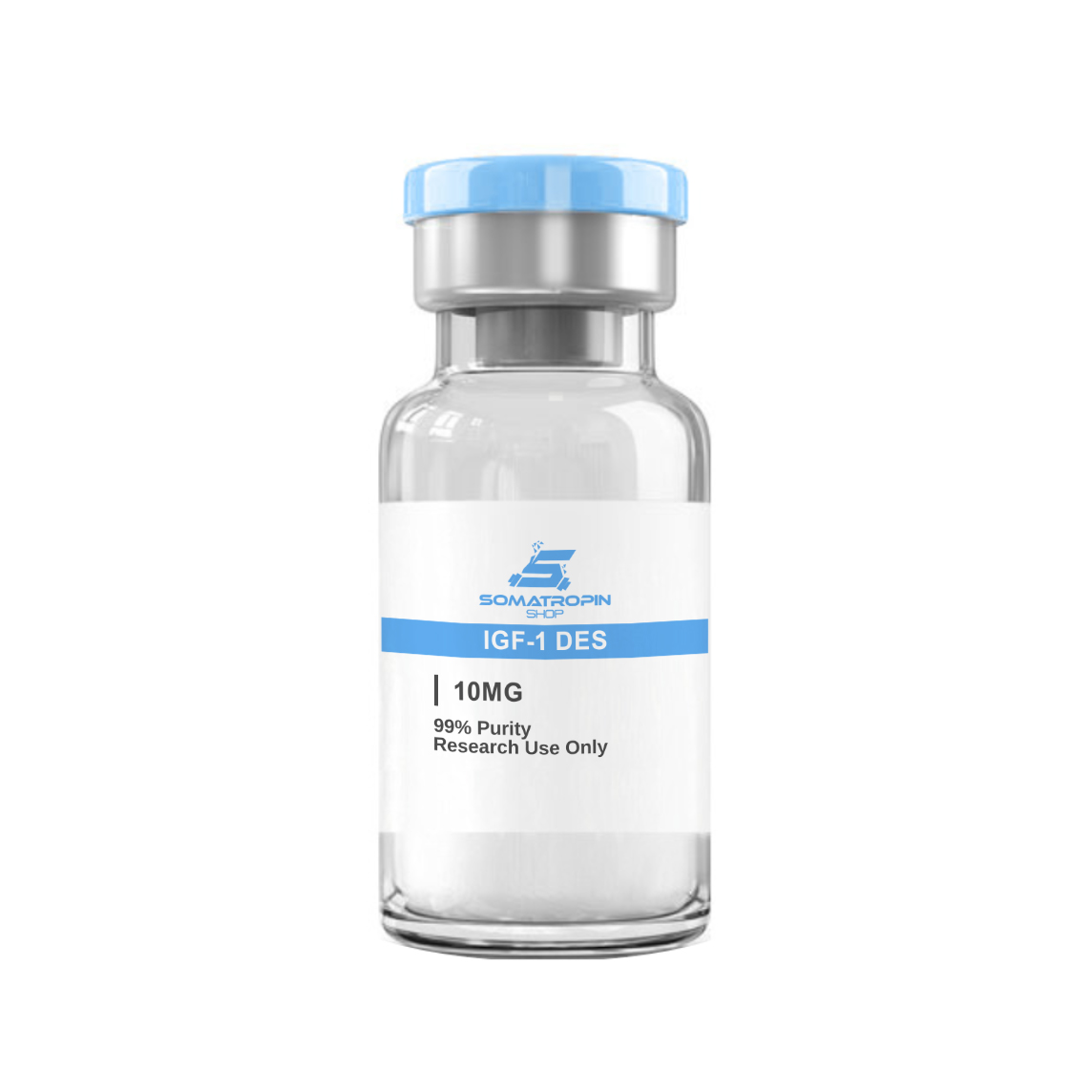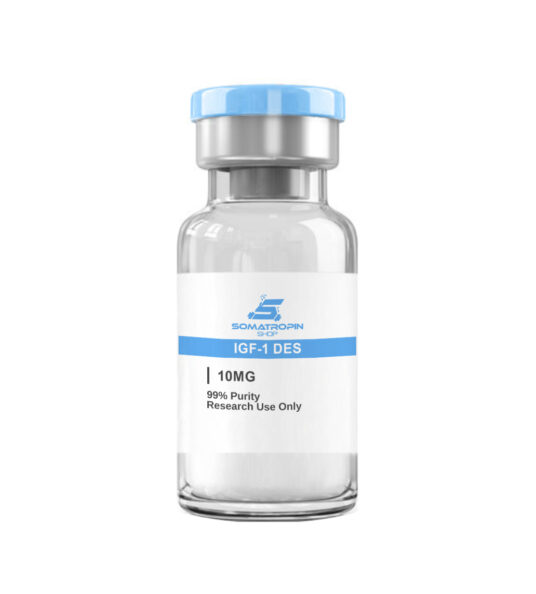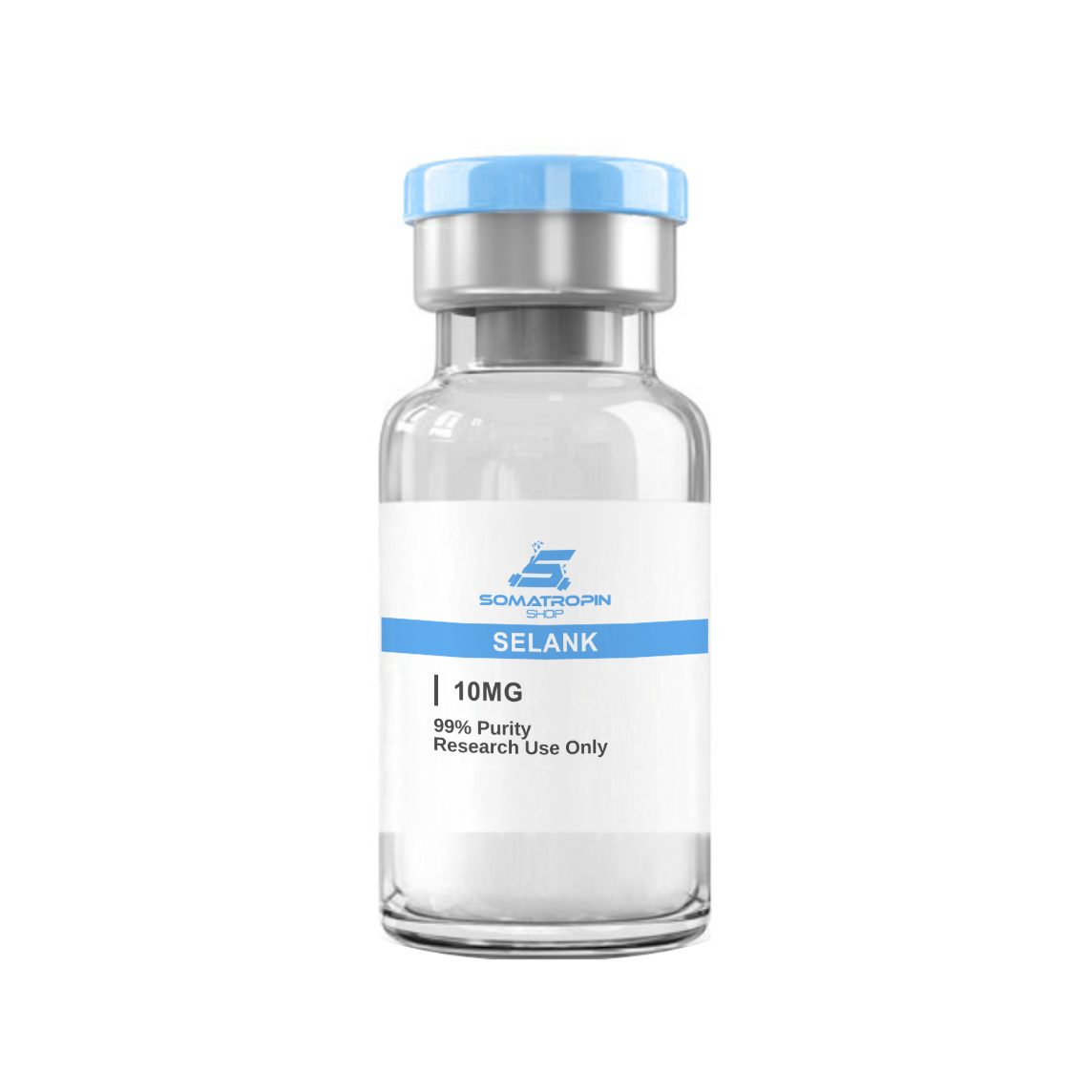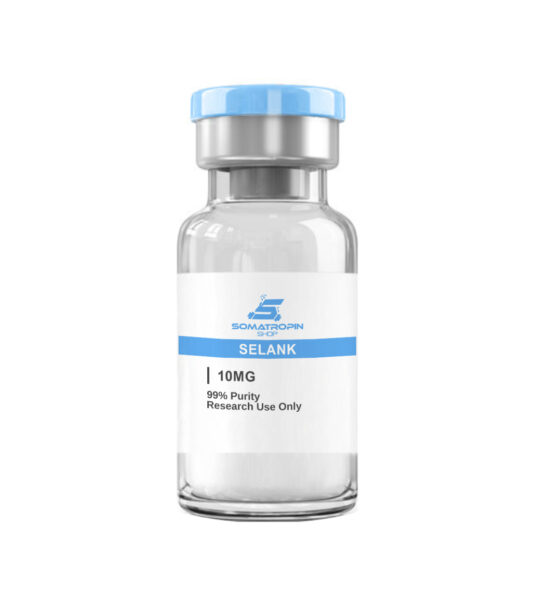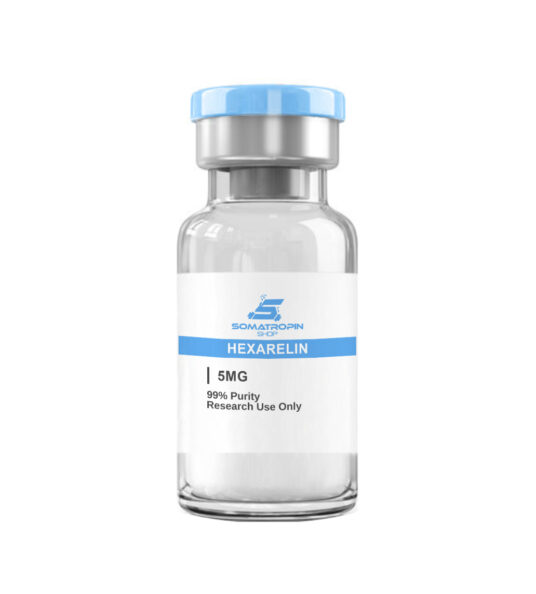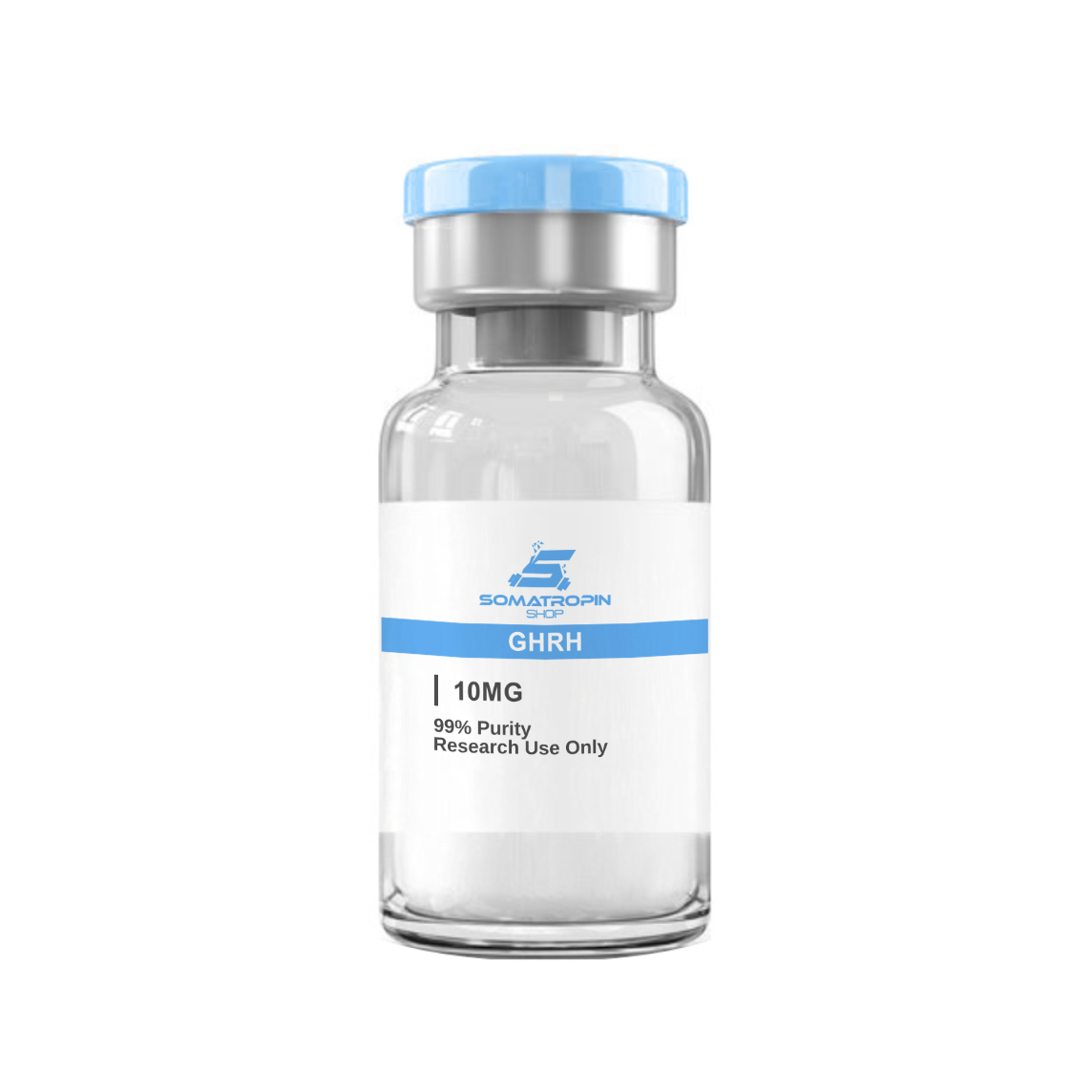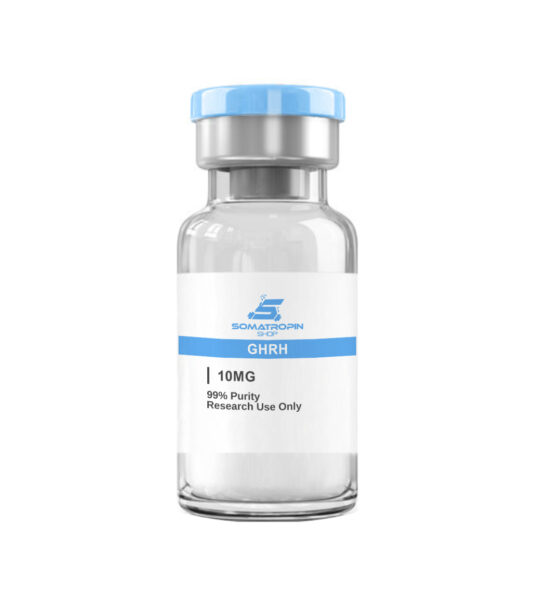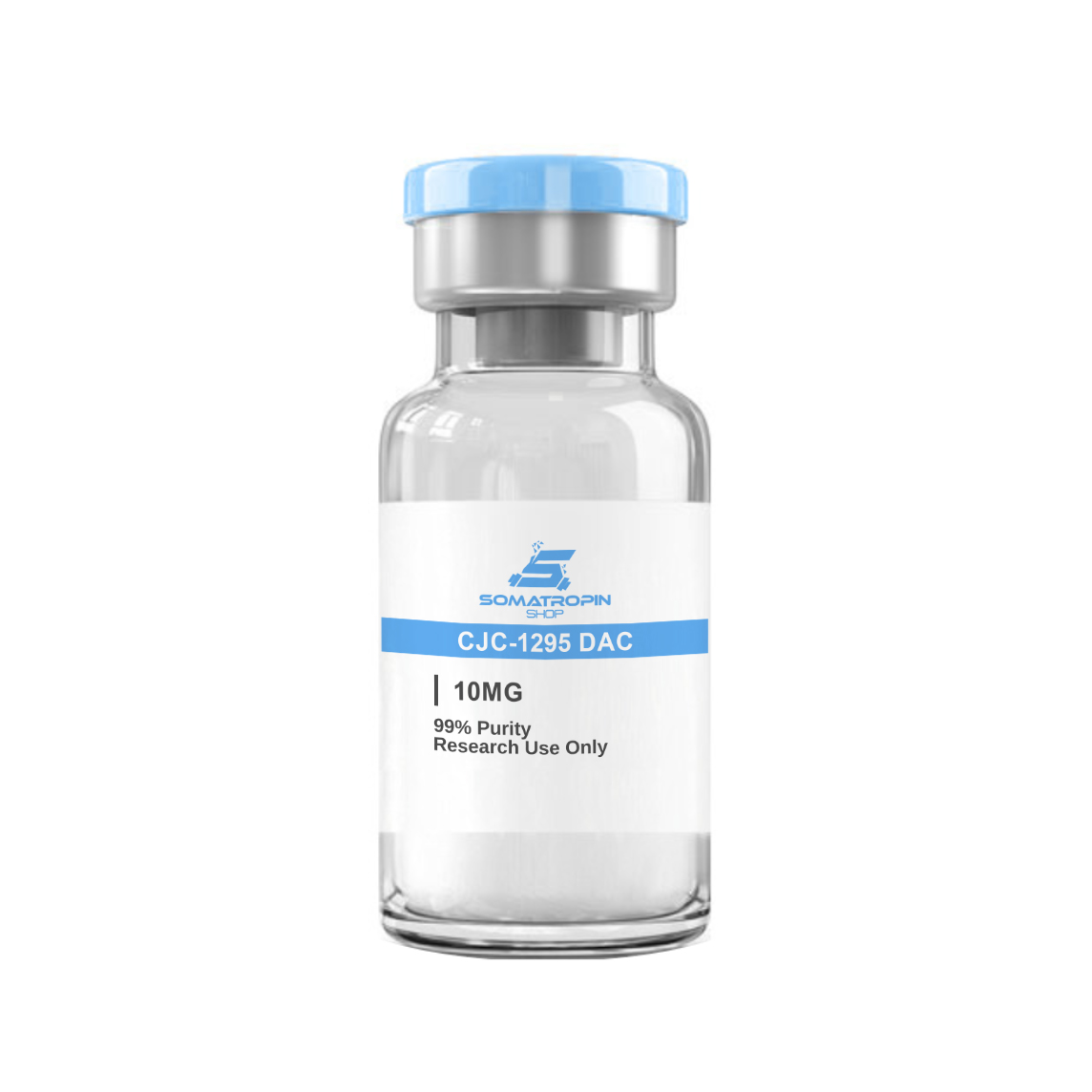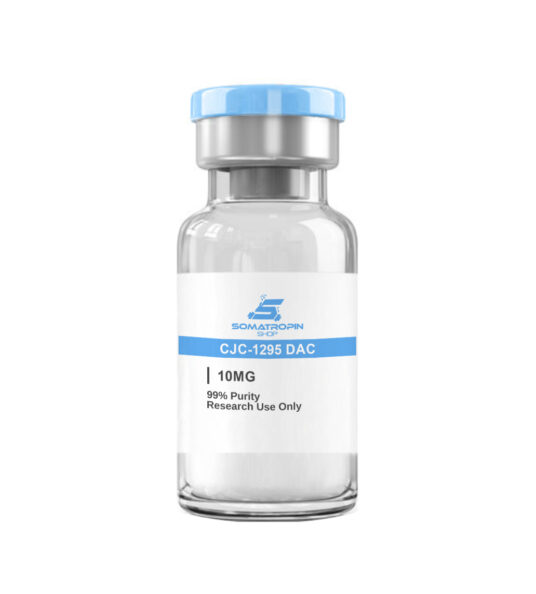Description
What is CJC-1295 No DAC (Modified GRF 1-29)?
CJC-1295 No DAC or Modified GRF (1-29) is a peptide analogue of GHRH, . it was first developed in the 1980s when it was discovered that the first 29 amino acids of GHRH retained all of the properties of the full 44-amino-acid protein. The original protein, called GRF (1-29), is the smallest fragment of GHRH that retains all of the properties of GHRH. Another truncated synthetic form of GHRH called Sermorelin or GRF 1-29 has 29 amino acids; it is further modified in that it has four substituted aminos in its chain that serve the purposes of preventing degradation and oxidation in manufacture and transport as well as in vivo, while also increasing binding affinity to the GHRH receptors.
Though GRF had full effect, the duration of action was limited due to a very short half-life (less than 10 minutes). As a result, researchers modified GRF (1-29) to give it a longer half-life and thus greater therapeutic potential. Modified GRF (1-29) is occasionally referred to as CJC-1295 No DAC or tetrasubstituted GRF (1-29). The latter name makes it clear that CJC-1295 No DAC differs from GRF (1-29) as a result of four amino acids being changed. Modified GRF (1-29) is identical to CJC-1295 without DAC
CJC-1295 DAC Structure
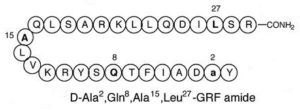
Sequence: Tyr-Ala-Asp-Ala-Ile-Phe-Thr-Asn-Ser-Tyr-Arg-Lys-Val-Leu-Gly-Gln-Leu-Ser-Ala-Arg-Lys-Leu-Leu-Gln-Asp-Ile-Met-Ser-Arg
Molecular Weight: 3367.954 g/mol
PubChem CID: 56841945
CJC-1295 / Modified GRF 1-29 Research
1. CJC-1295 No DAC/Mod GRF 1-29 and the Intestine
Early research suggested that GH had positive effects on Crohn’s disease, short bowel syndrome, and other inflammatory bowel conditions. Unfortunately, the benefits of GH in this setting are far outweighed by the side effects of long-term exogenous administration. This prompted researchers to look at whether GHRH analogues might have similar effects without the same serious side effects. Research in monkeys indicates that it interacts with vasoactive intestinal peptide (VIP) receptors and actually improves bowel motility. The peptide appears to interact with VIPC1, which is found on the smooth muscle of the gastrointestinal, reproductive, and urinary systems. Improved bowel motility is of substantial importance in inflammatory bowel diseases associated with constipation. These conditions lead to a great deal of morbidity and are currently difficult to treat due to lack of drug options.
2. CJC-1295 No DAC/Mod GRF 1-29 and Heart Function
Research in rodent models suggests that modified GRF and other GHRH derivatives may improve ethe ability of the heart to pump blood following heart attack. This could be of profound use in improving quality of life and reducing death over the long-term in individuals diagnosed with heart failure. The range of disease this finding could be applied to include pulmonary hypertension, heart failure, heart attack, and any number of congenital heart conditions.
3. The Interaction Between Thyroid Hormone and Growth Hormone
Problems with the thyroid gland are often associated with concomitant problems in GH release. To probe this interaction, scientists stimulated individuals suffering from hypothyroidism with CJC-1295 No DAC. They found that individuals given thyroid replacement hormone had stronger reactions to GRF, proving a link between thyroid hormone and GH . This is just one of a number of ways that peptides like CJC-1295 No DAC can help scientists to better understand human physiology.
